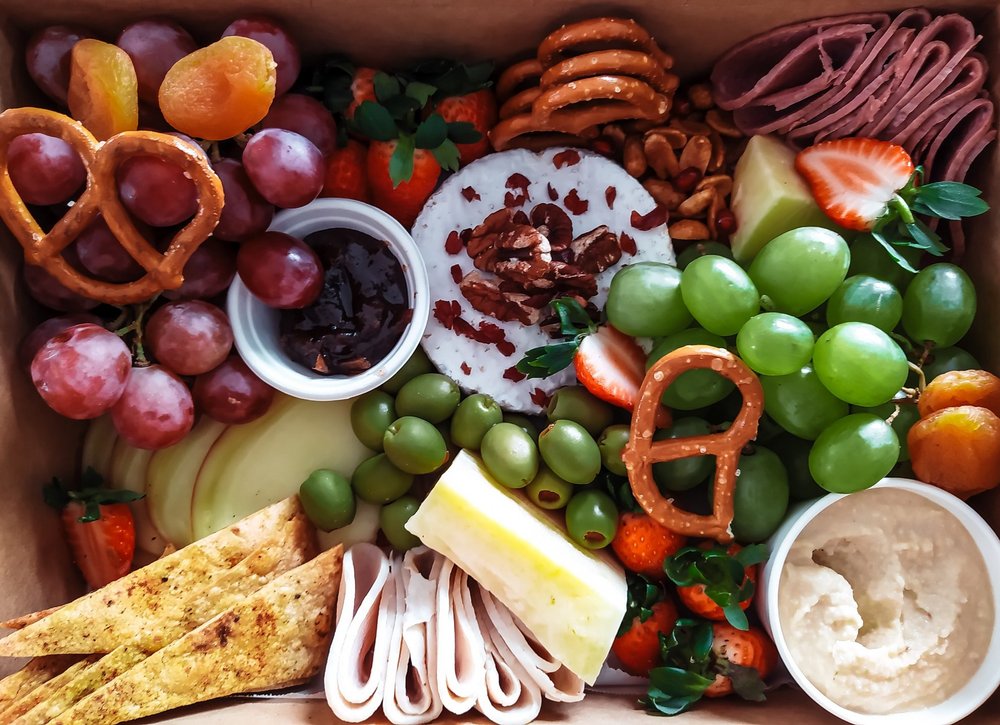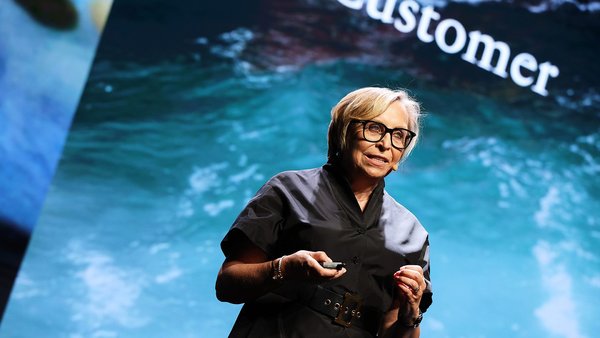Brian Ng’s Strategy Diet /
Tips and techniques from advertising’s top strategists
James Swift
/
Photo by Promodhya Abeysekara on Unsplash
Have you ever wanted to know what the ad industry’s sharpest strategists feed their brains on a daily basis, or what resources they swear by when tackling a brief?
We have. So we’re asking.
Brian Ng is the chief experience officer at Publicis Communications China and chief strategy officer for Digitas and Sapient China. He is responsible for digital strategy and digital marketing within Publicis Groupe’s China agencies, and also manages end-to-end planning at Digitas and Sapient China.
Ng, who has 18 years’ experience working with brands, joined Publicis from JWT Worldwide in 2016 and works with clients including Huawei, Tiktok and Mondelez.

What media do you consume that makes you better at your job or helps you think about strategy generally?
I believe in a balanced and diverse media diet. I am a geek for data-dense trend reports as well as a movie junkie. In the morning, I enjoy diving into insights from more data-heavy reports, while at night, I tend to dive into the world of entertainment and pop culture discovery. You can get a pulse on the latest cultural trends from the top shows on Netflix and Youku (China’s YouTube). For example, try comparing the cultural differences in the language of love through reality shows like Single's Inferno versus Too Hot to Handle – you will learn a lot.
Are there any resources that you typically turn to first when working on a brief?
Before diving into other parts of the brief, I find it is useful to figure out what business problem we are solving. If it’s a problem with growth and driving penetration, I will go to resources (market and category reports) that can help me learn more about category growth trends: what are the category entry-points, and the potential barriers the brand faces?
If it’s a problem with brand image (e.g. revitalisation), I’ll try to observe the shifting cultural conventions of how we perceive images related to brands versus five or 10 years ago. For example, when you have a look at the most handsome man in the world (BTS in 2021 vs. Bradley Cooper in 2011), you can see how perceived masculinity has changed, especially in Asia.
Brian Ng, Publicis Communications
Who is someone that you follow/read/watch for their opinions and ideas?
I am not following a particular person, but there are a few channels that I go to frequently.
TED Talks. The breadth and depth of topics you can explore and get inspired by on-demand is amazing.
Business Insider. All problems always come down to business. I like to see what are the new business ideas around the world.
Alibaba Alizila: What’s going on for the fastest-growing eCommerce economy.
Twitter accounts of CEOs from the world of crypto and metaverse: e.g. Kris Marszalek from Crypto.com (@Kris_HK) and Steven Chao from The Sandbox.
Is there anyone or any resource that you think strategists rely on too much that is counterproductive or unhelpful?
When strategists develop a new direction for a brief, they should spend less time on advertising research or creative archive portals. I think they are good sources for competitive discovery and inspiration seeking, but not as helpful for generating new insights or new ideas. [Editor’s note: We respectfully disagree.]
What do you think is the most underused resource for better strategy?
Data. Everyone says that they use data, but many strategists are using data only to see the top-scoring attributes and simple competitive differences. I think it is useful to learn skills in data analysis techniques and data visualisation, such as scatter charts or treemaps. Sometimes we have so much data, but we spend too little time diving into it.

Photo by Kate Townsend on Unsplash
Is there anywhere you go when you’re struggling with a brief or a place that seems to help you work or think?
I don’t have a particular place to go. Sometimes I will let my mind travel to other countries or other regions. Although the world is closer today with digitisation and connectivity, there are still unique differences in cultures across regions. For example, recently I have been studying digital transformation in the servicing industry. So, I tried to list the differences between Asians and Americans in dining culture. American servers often tell you jokes or do things to impress you for better tips, but Asians won’t due to our no-tip culture. So what if I need to create a robotic server in the US? It will need a library of jokes to get good tips.
When I am stuck, I often collect contrasting data, pictures and people from different countries and regions on one subject matter. This helps me to find the conventions in current work and see disruption opportunities.
Office etiquette: music or no music?
No music. But I always have some snacks around me. I need a bite whenever I need some food for thought.
What’s the best free resource for a strategist?
Talking is free. I like chatting with people from different backgrounds. Often interesting thinking will come from random conversations like:
Talking to real consumers. Find a friend who is similar to the audience profile you are looking for. Ask them what they like to do recently and what problems they have now.
Talking to sales or R&D people – they know the product best and have some tricks on smart use of the product. I like talking to promoters in supermarkets or sales reps in car dealerships as they know the true strength and weaknesses of the product.
Talking to other strategists or creatives outside the project team – this is helpful too, as it will solicit fresh perspectives and approaches to the brief.
What sort of media/resources would you recommend to someone just starting their career as a strategist?
For a junior strategist, it is important to build up critical thinking and logical reasoning skills, which are essential to developing a strategic mindset. They will also need to develop a discerning eye to distinguish what good creative execution is and what it isn’t, to effectively answer the brief.
Here at Publicis Groupe, I recommend our team learn from other planners via the employee platform (Marcel) or join planner social groups to develop and nurture their planning skills. Studying award-winning works is helpful too.
What’s something that happened in pop culture that showed a better understanding of people than advertising?
I am a fan of pop culture. I think marketing and advertising both get inspired by and influence pop culture at the same time. Nike would not be a cultural icon without those great ads that provoked conversations and changed cultural conventions. It epitomises how brands and their creativity can play a part in shaping the culture and values of a generation.
Want more of the same? /
We don’t just write about best-in-class campaigns, interviews and trends. Our Members also receive access to briefings, online training, webinars, live events and much more.







